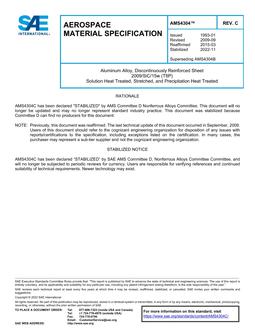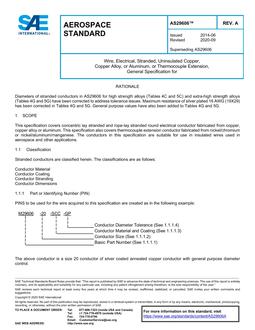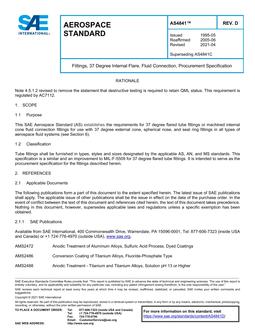Click here to purchase
This document has been declared “Stabilized” by the SAE Human Biomechanics and Simulations Standards Steering Committee and will no longer be subjected to periodic reviews for currency. Users are responsible for verifying references and continued suitability of technical requirements. Newer technology may exist.The members of the SAE Human Biomechanics and Simulations Standards Steering Committee have reviewed J1460 and made a conscious decision to stabilize this Information Report. J1460/1 contains updated information on the impact responses of the abdomen and J1460/2 contains updated information on the responses of the neck to inertial loading of the head, Additional research into human impact responses to all body regions has been conducted since this Information Report was last revised. The design of the Hybrid III family of dummies was developed based on the data included in J1460. This Information Report has historical value.The purpose of this report is to provide a first-generation version of a standardized SAE document to define human mechanical response characteristics. It is intended for use by anthropomorphic test dummy designers and analytical modelers who need quantitative definitions of human mechanical behavior. This report describes how the human being responds to mechanical stimuli. It does not discuss criteria for assessing human injury potential. Human injury criteria are the subject of a separate SAE Information Report entitled, HS J885 APR80, “Human Tolerance to Impact Conditions as Related to Motor Vehicle Design.”
Product Details
- Published:
- 02/21/2013
- File Size:
- 1 file , 3.7 MB


